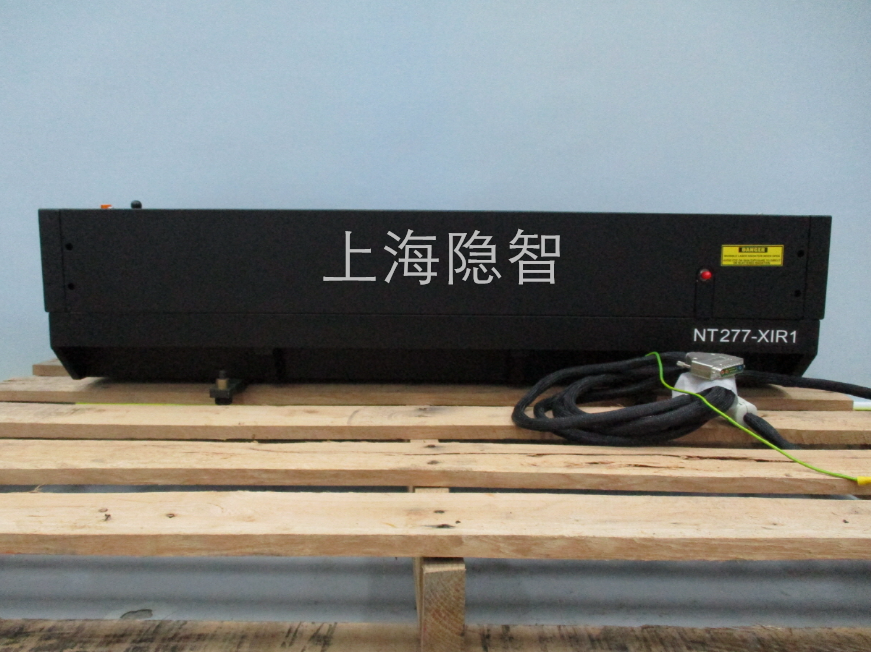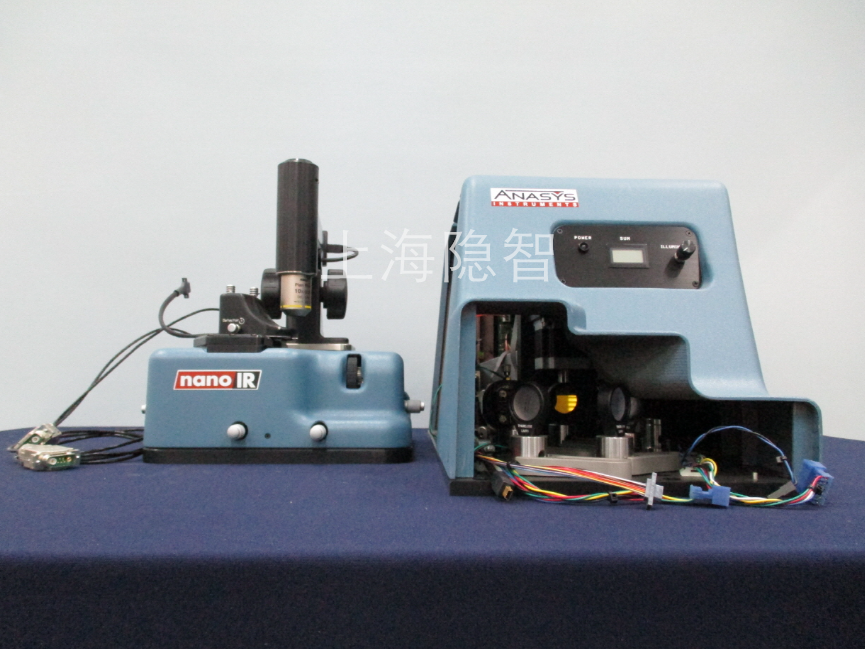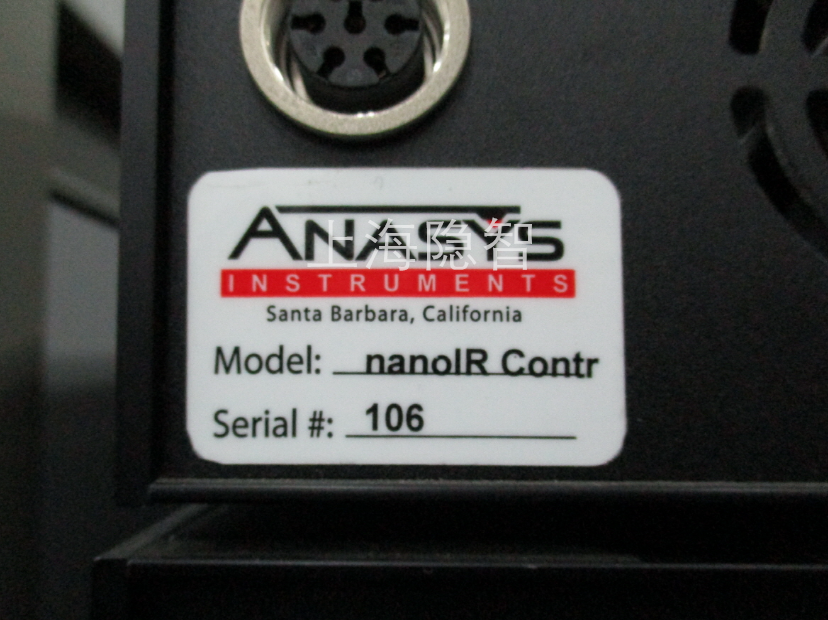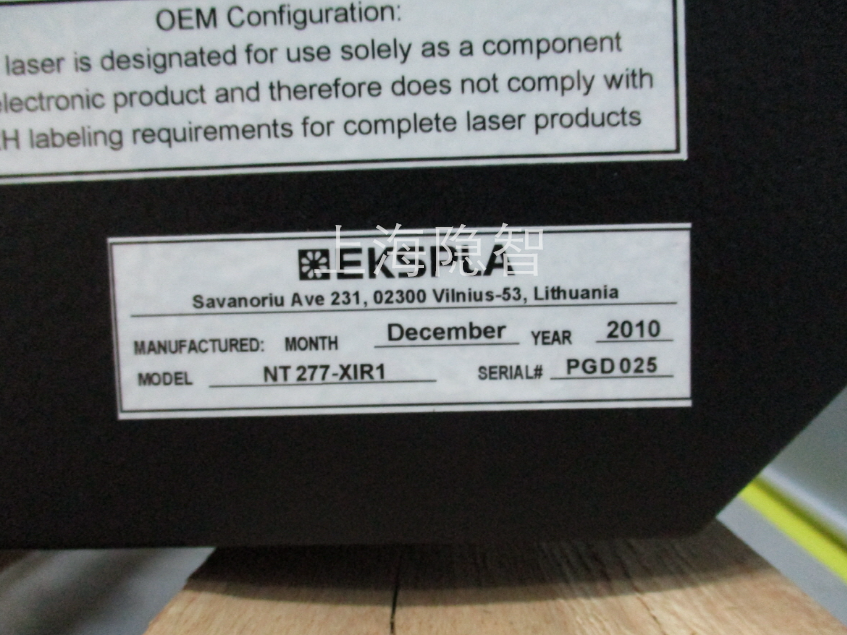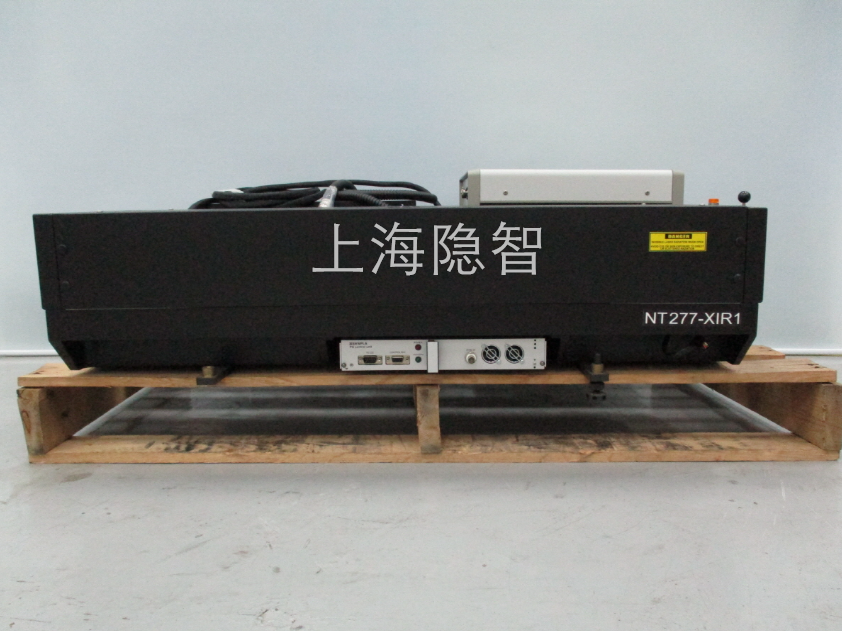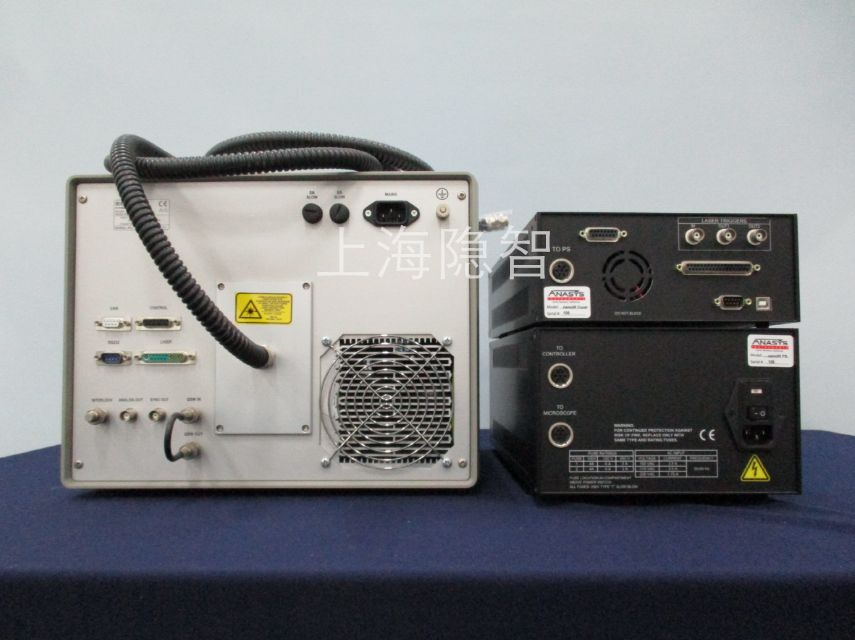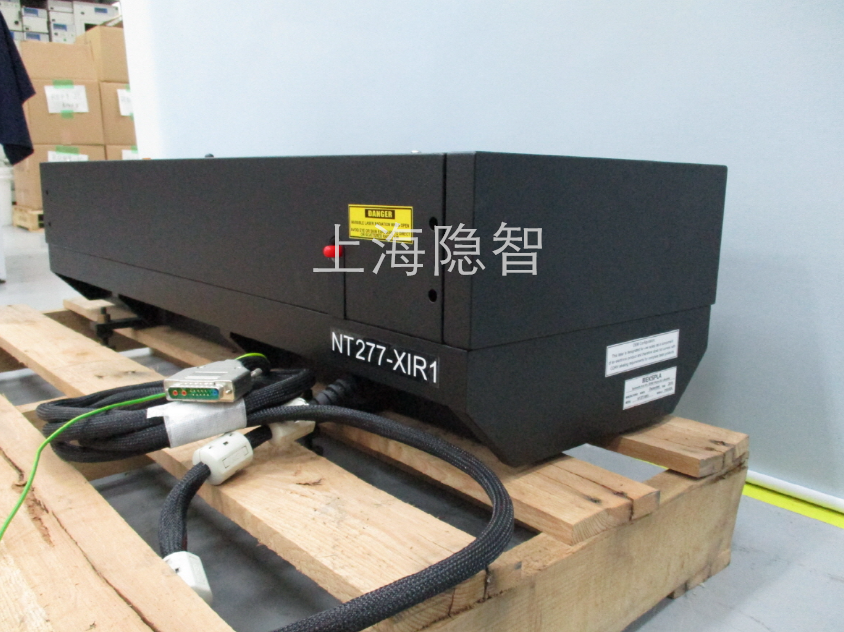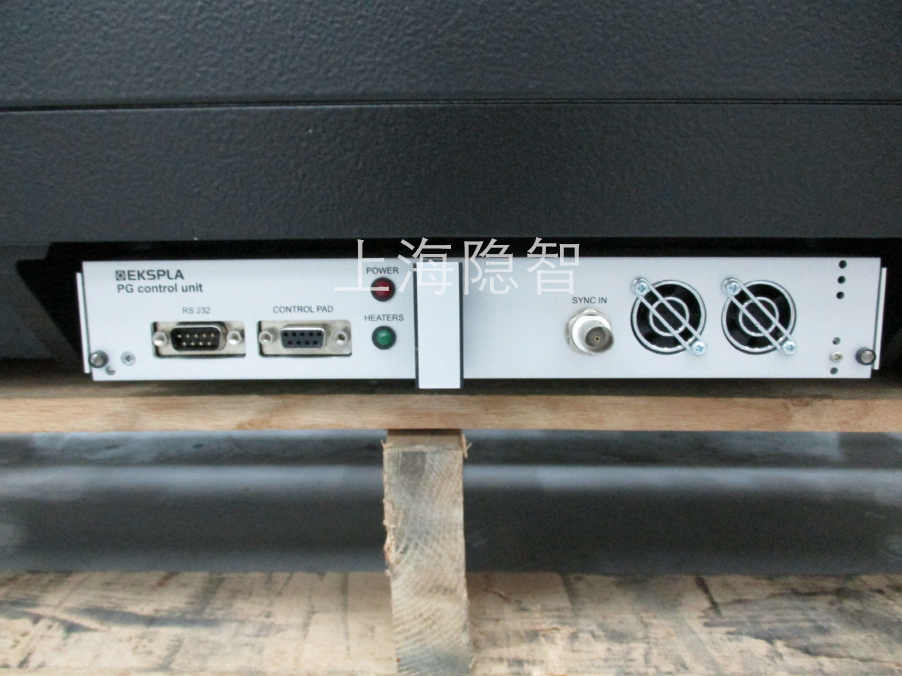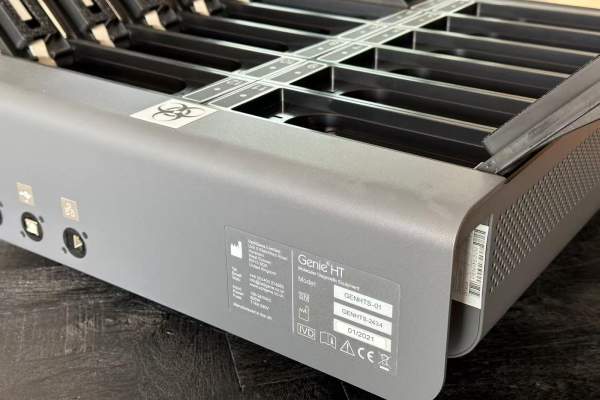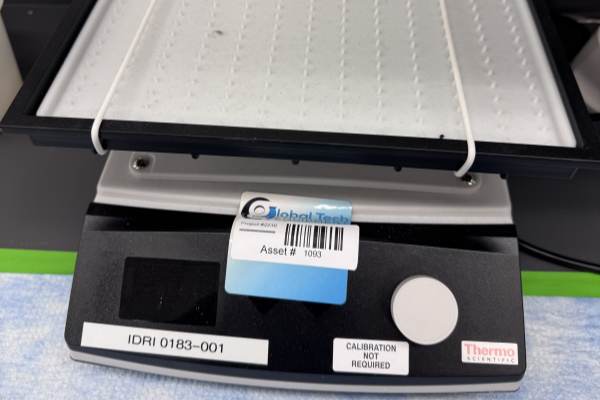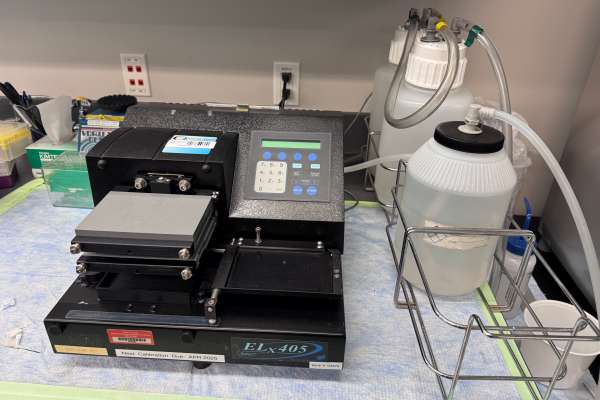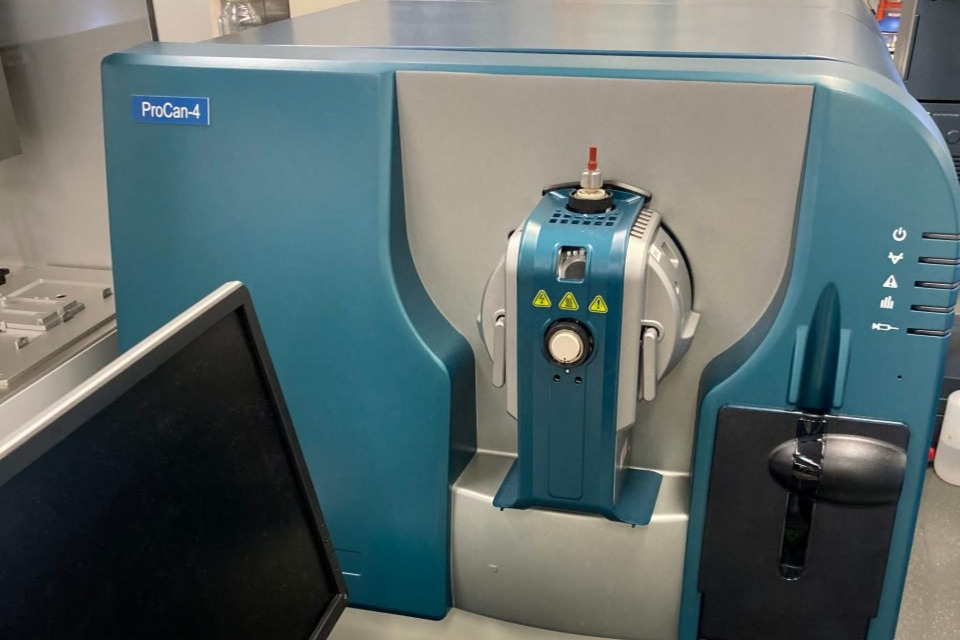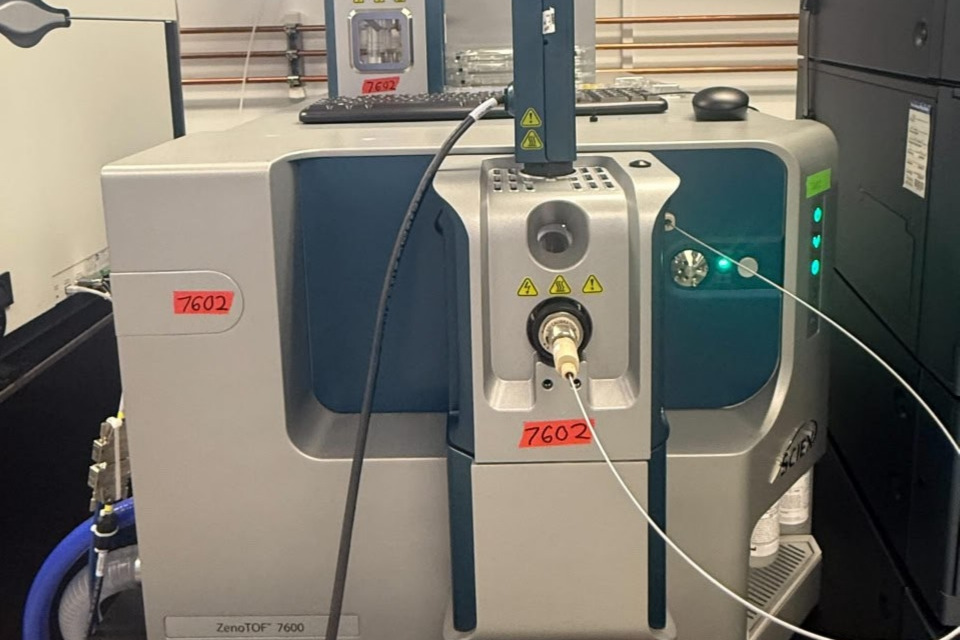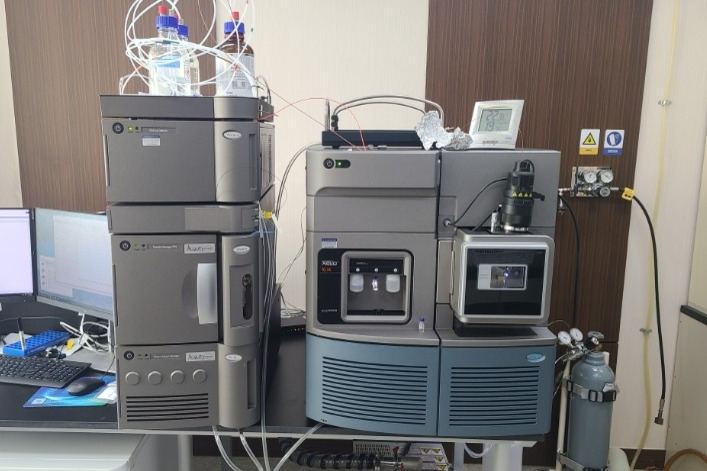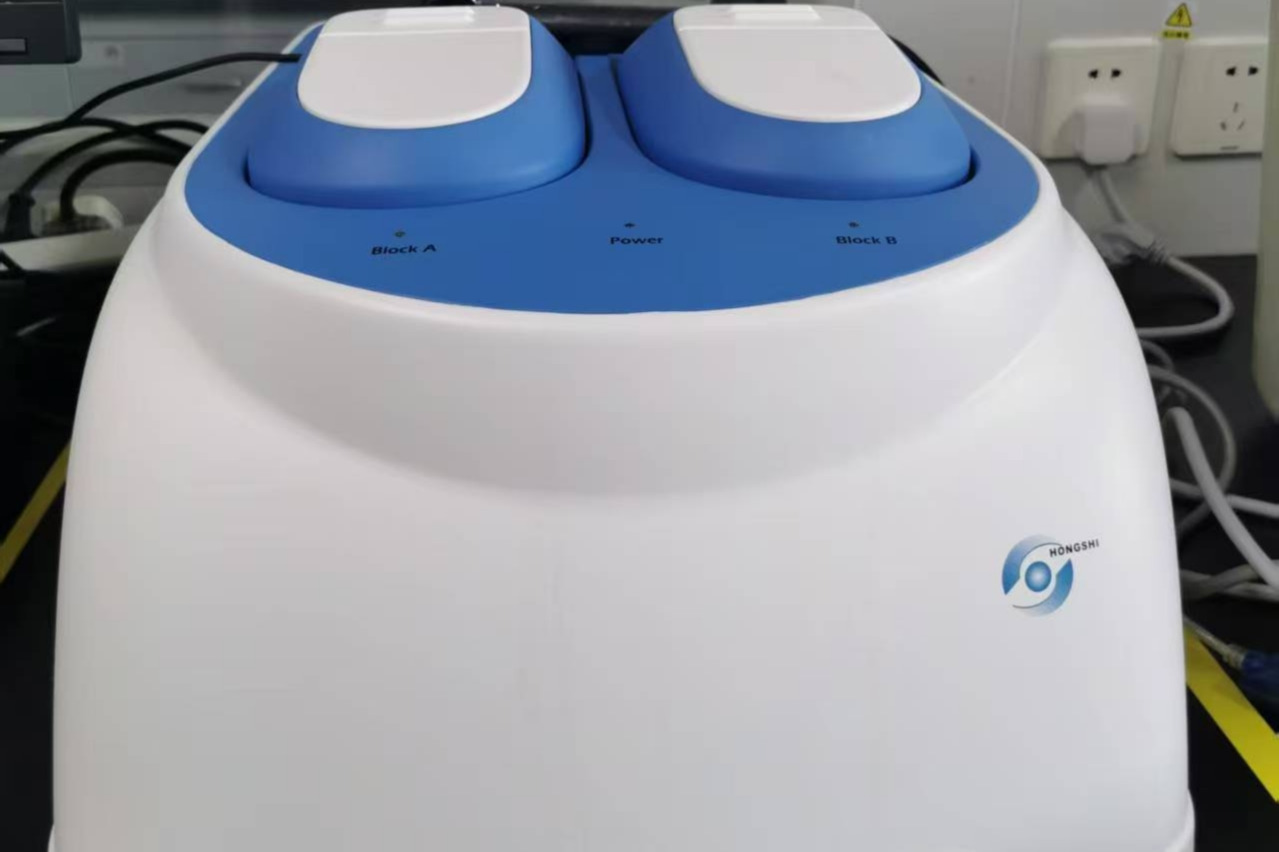Device built-in
ANASYS Nano-IR Spectroscopy System Technical Overview
Product Introduction
The ANASYS nano-IR represents the world's first atomic force microscope-infrared coupled (AFM-IR) system, breaking the diffraction limit of conventional infrared spectroscopy to achieve chemical composition analysis with <10 nm spatial resolution. Utilizing photothermal induced resonance (PTIR) technology, this instrument integrates Fourier transform infrared spectroscopy (FT-IR) with atomic force microscopy, making it widely applicable in nanoscale characterization across materials science, semiconductors, and biomedical fields.
Core Technological Breakthroughs
Ultra-High Spatial Resolution
- Equipped with a quantum cascade laser (QCL) light source, covering an infrared spectral range of 900–3600 cm⁻¹ and achieving 5–10 nm spatial resolution (100x improvement over traditional FT-IR)
- Proprietary "resonance-enhanced" detection mode increases sensitivity by three orders of magnitude compared to conventional AFM-IR
Multi-Modal Integration
- Simultaneously acquires chemical mapping (IR), topography (AFM), and mechanical properties (nanomechanical mapping)
- Optional Raman module (TERS) enables co-localized Raman-IR correlation analysis
Intelligent Analysis System
- Features built-in Anasys NanoIR Analysis Suite software, supporting:
✓ Nanoscale chemical functional group imaging (e.g., phase distribution in polymer blends)
✓ Ultrathin film thickness measurement (±1 nm accuracy)
✓ Automated peak identification and spectral library matching (including Hummel standard database)
Typical Applications
- Semiconductor Defect Analysis: Locating organic contaminants (e.g., photoresist residues) in 28nm process chips
- Single-Cell Biological Studies: Resolving mitochondrial membrane lipid distribution (requires cryogenic sample stage)
- Polymer Materials: Mapping copolymer microdomain composition (e.g., PMMA/PS phase-separated structures)
Industry Leadership
The ANASYS nano-IR has been adopted by top-tier institutions such as NASA, IMEC, and the Chinese Academy of Sciences, with its technology cited in 800+ high-impact research papers. Compared to competing products (e.g., Bruker nanoFTIR), it maintains a leading edge in QCL source stability and multi-modal data integration. The third-generation system, upgraded in 2023, further advances detection limits to the single-molecule level.
Note: The system requires operation in a temperature- and humidity-controlled laboratory (temperature fluctuation <±1°C, humidity <40%) and is recommended for use with an anti-vibration table.

